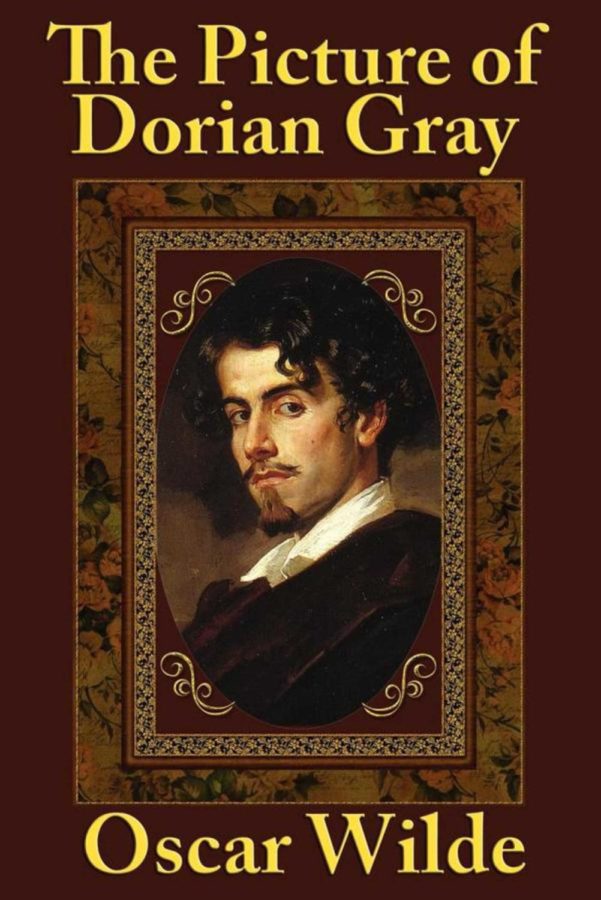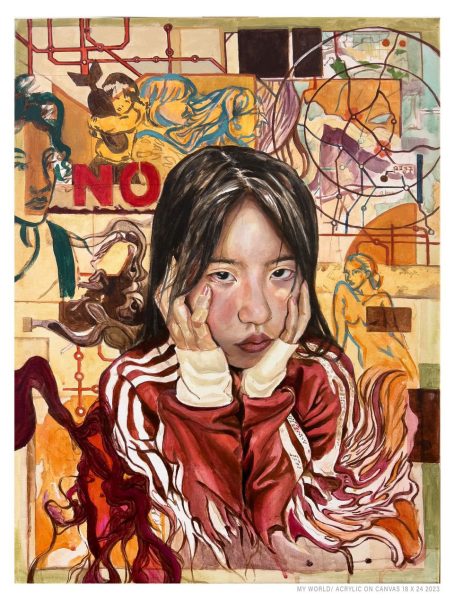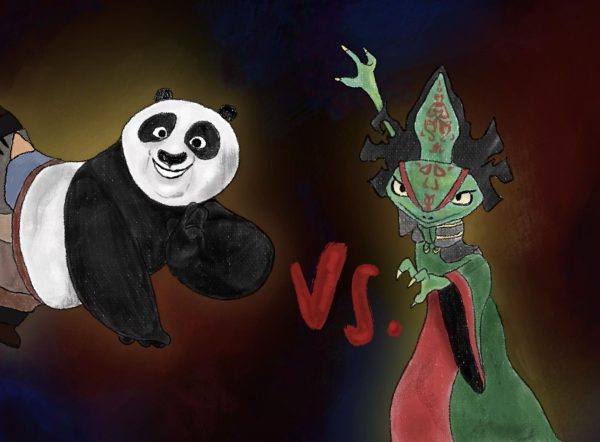The Not-So Glamorous Book: ‘The Picture of Dorian Gray’
Photo Courtesy by Awesome Desktop
“The Picture of Dorian Gray” was first published complete in 1890, in an issue of Lippincott’s Monthly Magazine.
December 18, 2017
Youth, beauty, admiration are the dream, are they not? For some it is, but Oscar Wilde’s “The Picture of Dorian Gray” indicates otherwise.
“The Picture of Dorian Gray” is a philosophical fiction published in 1890, written by Oscar Wilde, an influential voice in the Aesthetic Movement (Oscar Wilde Biography, 2015). He stood for breaking away from traditional Victorian art styles and expressing oneself in writing and art. This could explain why “The Picture of Dorian Gray” was quite theoretical by exploring human nature. Unfortunately, while this novel may have been appealing to readers from its time, its storytelling and unappealing characters do not make it an enjoyable book.
Wilde’s novel is about an attractive young man named Dorian Gray. His looks are admired by all, but his only close friends are the painter, Basil Hallward and Lord Henry Wotton. When Basil paints a portrait of Dorian, he sells his soul to the painting for eternal youth and beauty. From that moment on, the painting ages and worsens in looks for Dorian’s years and bad deeds. The novel touches on the influences of one’s personality and man’s inherent evil, incorporating overlying themes that allow readers to learn about themselves, but the actual book is a difficult read.
This novel is definitely a book that did not age well. Readers today will have difficulty reading this book, as I had to reread the same lines over and over again. Some passages in the novel are overdrawn, specifically the dialogue. Every good fiction book should have dialogue, but the dialogue in this story is complicated and even confusing at times. One passage alone of Dorian speaking to Lord Henry is two pages in length. Those two pages do not even include Lord Henry’s response. Not only are the lengths of the passages excessive, but the language is also overly complex. Words like “nacre-colored” (Wilde 93) and references to long-forgotten social clubs such as “White’s” (Wilde 31) do not make the story easily relatable. I often was lost while reading because of all of the confusing descriptions and dated language of this novel.
While reading this story, I also felt very indifferent to all of the characters. The storytelling of this novel does not allow the readers to grow attached to the people in the story. I never cared for what happens to the characters. This was the case specifically when an important event happens between Dorian and his love interest, Sibyl Vane. The two characters have a falling out after Sibyl’s theater performance where Dorian is “selfish and cruel to her” (Wilde 96) and Sibyl “[suffers] more than he [does]” (Wilde 96) from her horrible acting. However, I did not feel sad for Dorian, Sibyl or their failed relationship because the storytelling does not attach the readers to the characters.
Because of Wilde’s writing method, I also did not feel immersed in the story. While reading my favorite books, I forget where I am, completely lost in the story. However, with this novel, that is not the case. The novel definitely gives context of where the story is taking place, but the setting description does not make readers feel like they are right there with the characters. The storytelling of the setting simply gives the feeling of reading, never the feeling of experience.
Although I did not enjoy this book personally, the story’s themes are relevant to today. Dorian’s inner conflict with his own evil explores human nature. The lesson that what is on the inside is more important than appearances is always important. Also, the influence other characters have on one another made me think about how the people in my life have affected me.
All in all, “The Picture of Dorian Gray” has great intention, but little payoff. The novel definitely got me thinking about my own life at times, but the actual writing left me unattached and uncaring. Therefore, if you are looking for a book that you can really feel and live in, I do not recommend “The Picture of Dorian Gray.”













![Art Fair participants from various clubs and art courses had the opportunity to sell handmade creations to students at stands near the ASB room during lunch from Jan. 30 to Feb. 1. “I feel like its just a good way to connect with the rest of my peers, the artist community [and] the student body while also giving back to the school because its given me so many opportunities where I can flourish in the creative arts,” artist and junior Alexander Torpus said.](https://portolapilot.com/wp-content/uploads/2024/02/IMG_6896-1-600x400.jpg)
